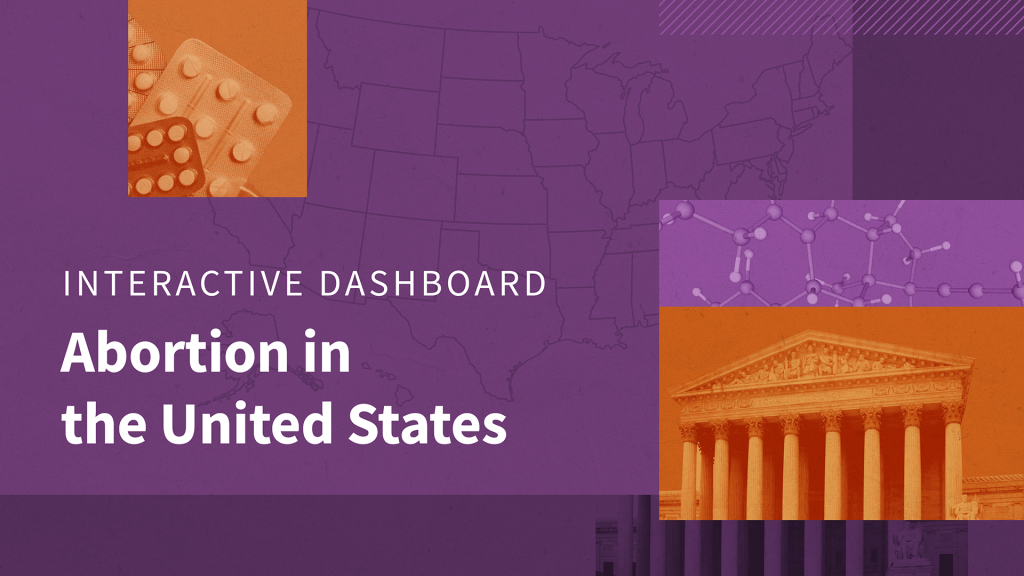Variability in Payment Rates for Abortion Services Under Medicaid
This brief looks at Medicaid reimbursement rates for abortion services across states, including D&C and D&E procedures, and medication abortion. There is tremendous variability in how much states reimburse for abortion services.
